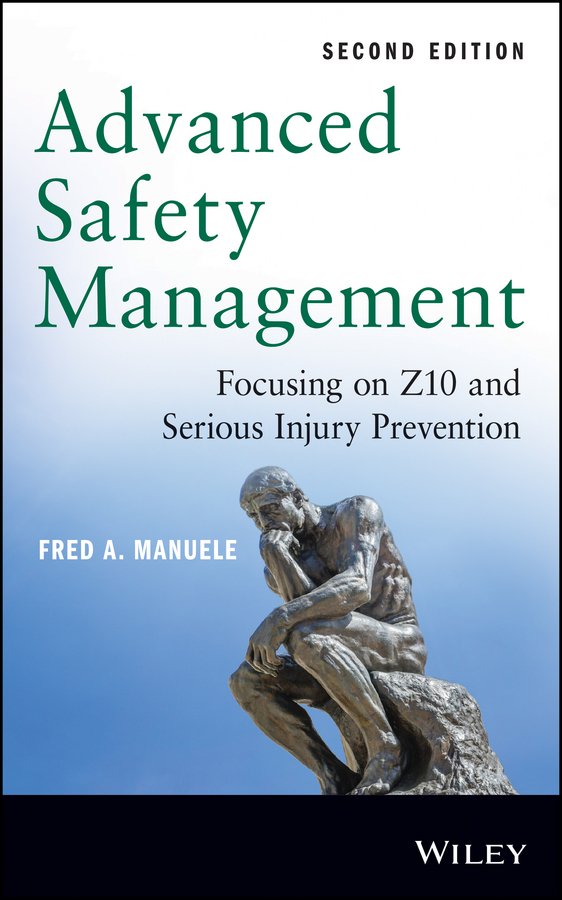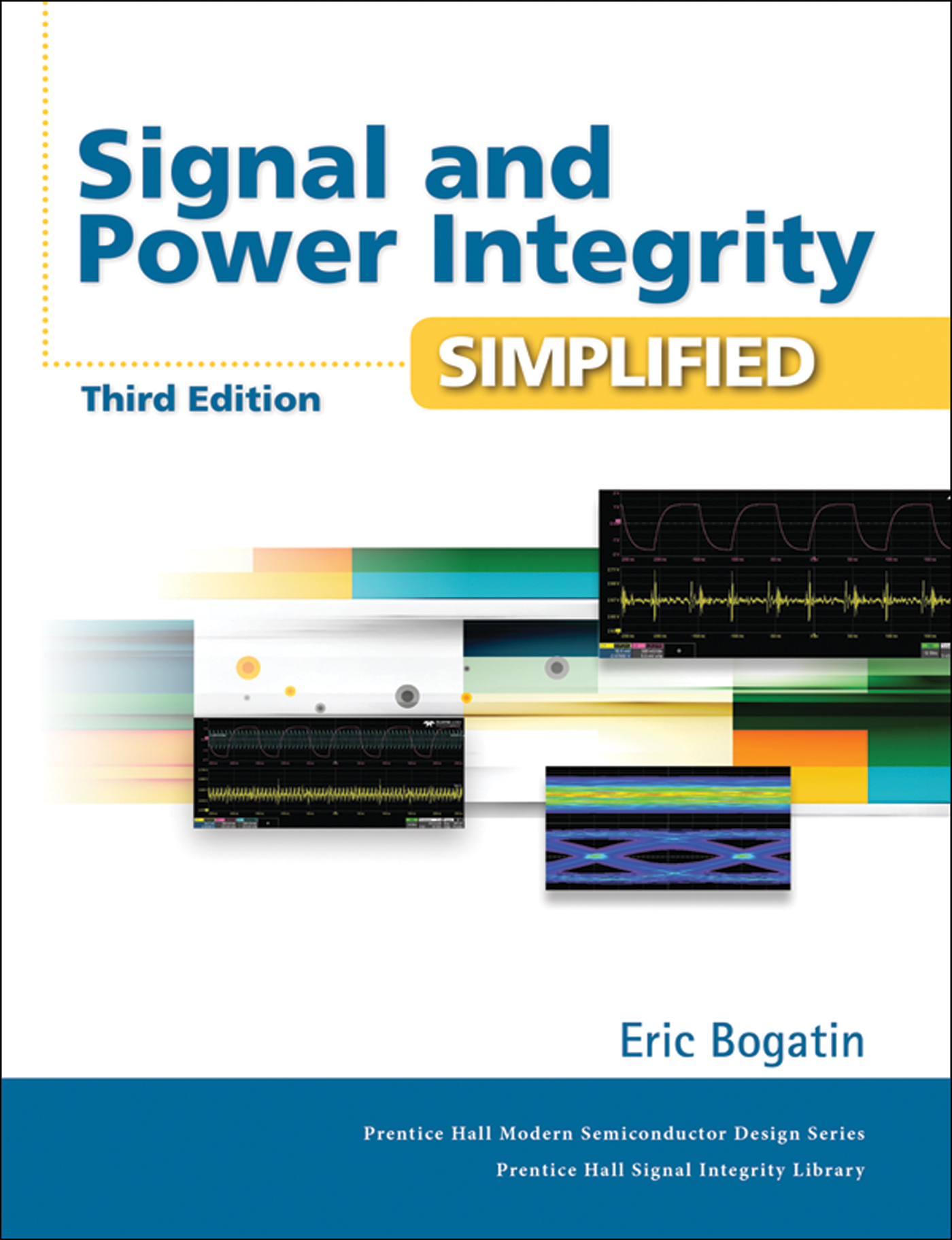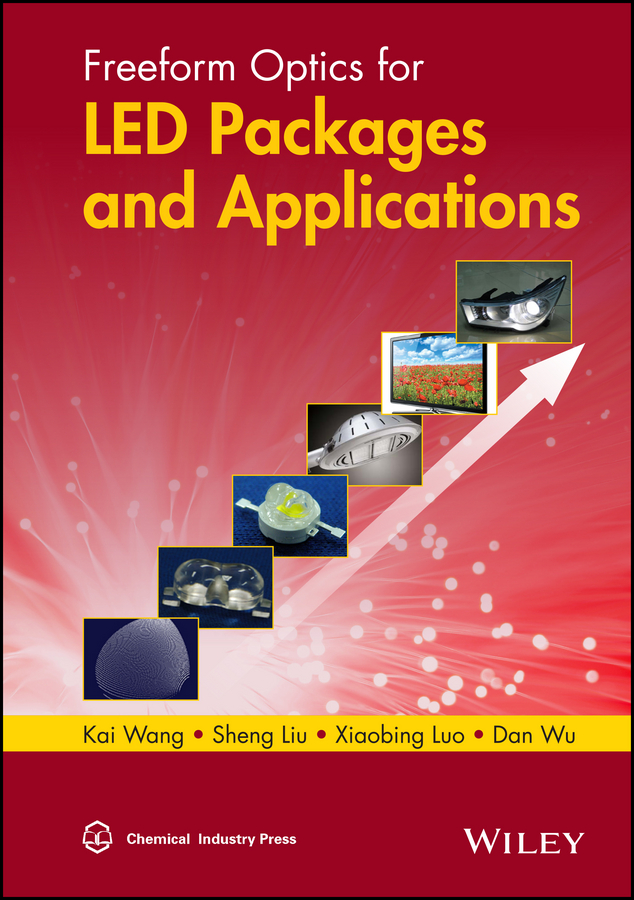Design and Evaluation of Steel Bridges for Fatigue and Fracture: Reference Manual Federal
by Highway Administration
2020-05-30 16:36:18
Design and Evaluation of Steel Bridges for Fatigue and Fracture: Reference Manual Federal
by Highway Administration
2020-05-30 16:36:18
This Manual explains the relevant issues related to fatigue and fracture in steel bridges, including analysis, design,evaluation, repair, and retrofit. Chapter 1 provides an introduction to fatigue and fracture, as well as an introduction tothe Refer...
Read more
This Manual explains the relevant issues related to fatigue and fracture in steel bridges, including analysis, design,evaluation, repair, and retrofit. Chapter 1 provides an introduction to fatigue and fracture, as well as an introduction tothe Reference Manual. Chapter 2 begins with a discussion of cracking in steel structures, including crack behavior,sources of discontinuities in steel structures, the nature of stresses affecting fatigue and fracture, and brittle and ductilebehavior in steel. Chapter 3 provides the basics of fracture mechanics, covering such topics as fracture control,evaluation of fatigue cracking, and fracture mechanics as a quantitative tool. Chapter 4 describes fatigue behavior,including discontinuities and stress concentrations, the influence of production and fabrication on fatigue, testing as thebasis for design limits, and environmental effects. Chapter 5 describes analysis for fatigue, and it provides informationfor both approximate and refined analysis methods, including local-stress analysis. Chapter 6 addresses the fatiguedesign approach as presented in the AASHTO LRFD Bridge Design Specifications, and it explains the fundamentalfatigue limit state equation, the various AASHTO fatigue detail categories, the differences between finite life and infinitelife, and the computation of fatigue stress range and factored nominal resistance, including a step-by-step designexample for fatigue. Chapter 7 describes fracture control, including design, fabrication, and inspection, and it coverssuch topics as redundancy, constraint-induced fracture, and the Total Fracture Control Plan. Chapter 8 addresses theAASHTO fatigue-evaluation approach, including remaining fatigue life evaluation, estimates of fatigue life based on theAASHTO Manual for Bridge Evaluation, and remaining fatigue life for negative remaining life bridge details. Chapter9 describes assessment, repair, and retrofit of structures, and it provides a description of several common fatigue details,general repair and retrofit strategies, as well as constraint-induced fracture, over-height vehicle collisions, and fitnessfor-service analysis. Finally, Chapter 10 covers non-welded components such as built-up members, bolts and rods, andreinforcement of concrete. In addition, Appendix A describes fatigue calibration based on the SHRP2 Project R19B.
Less


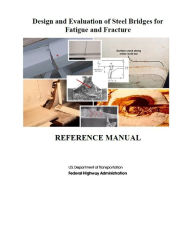




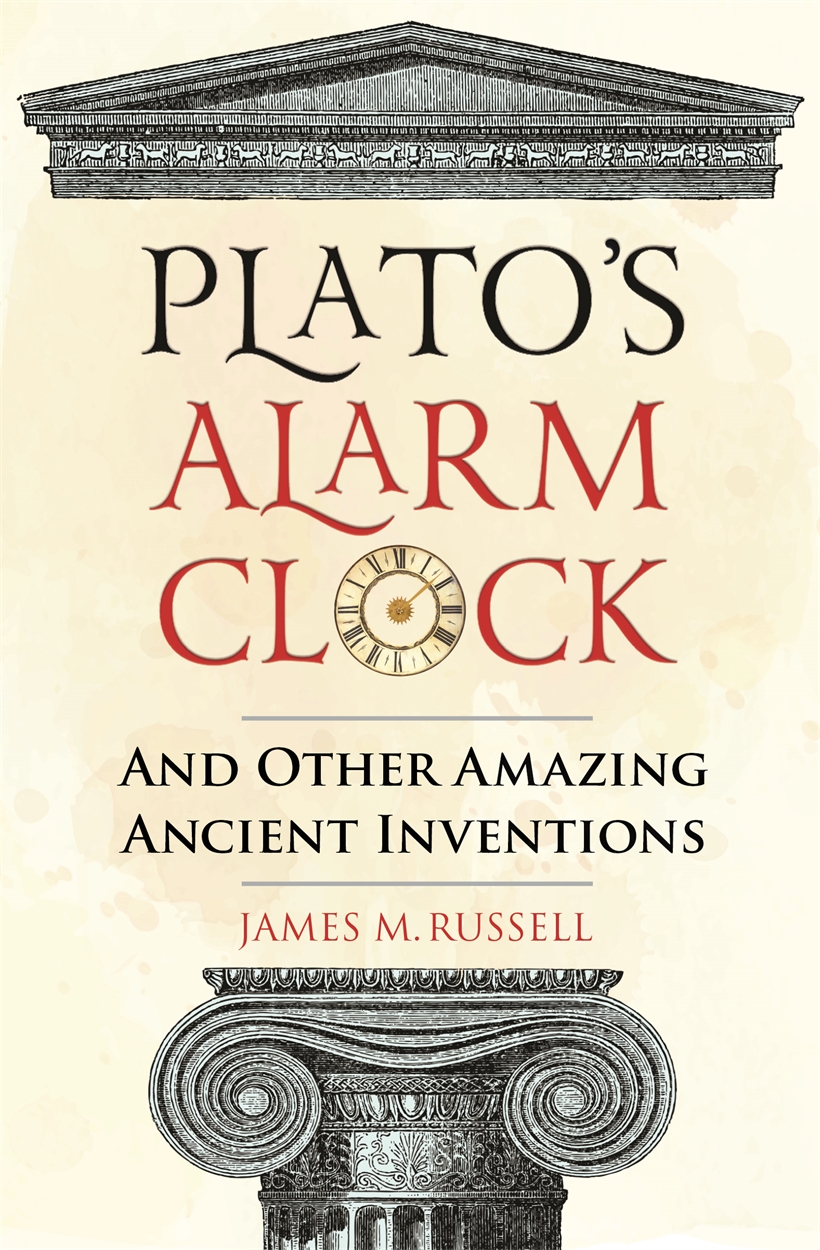
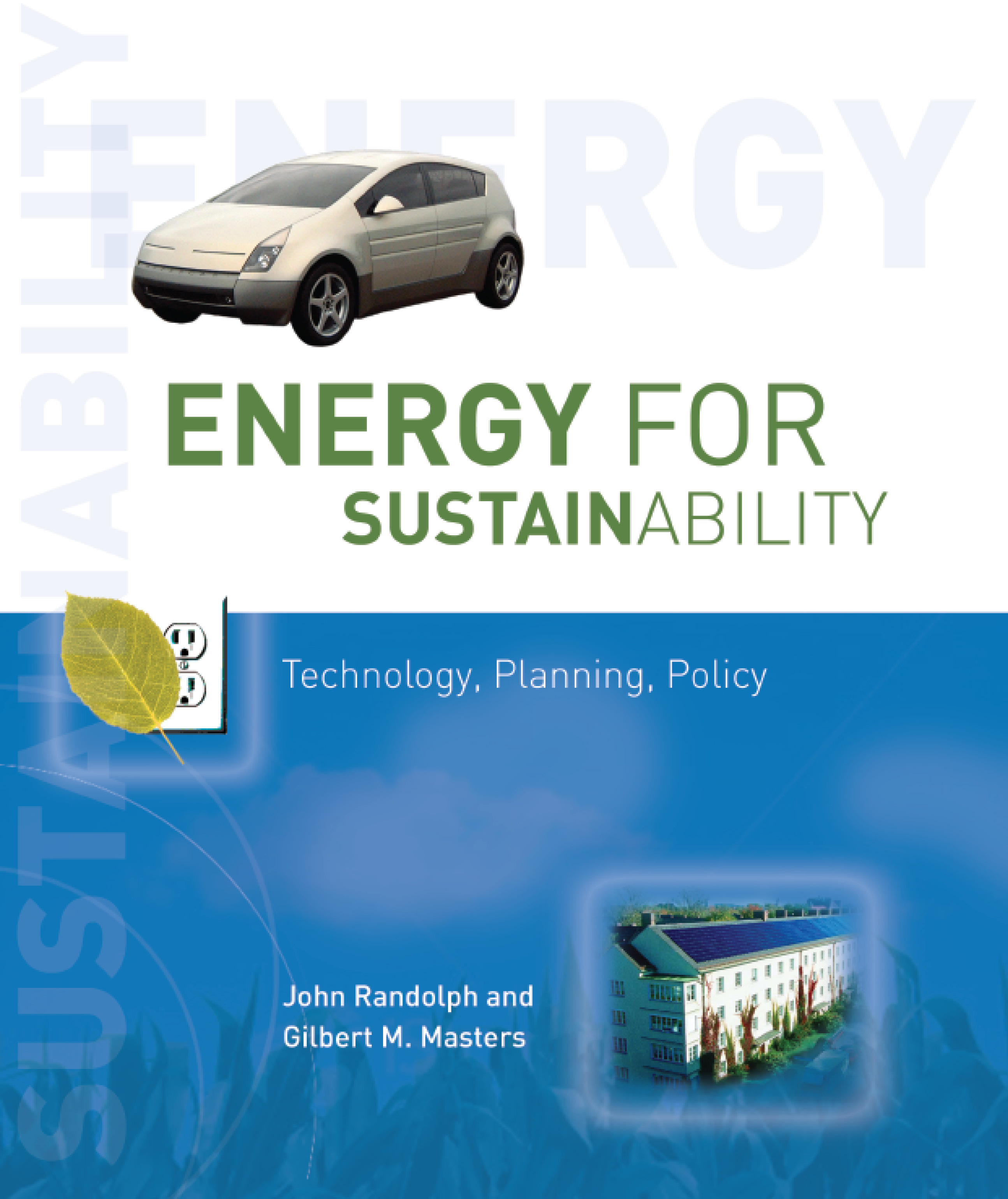
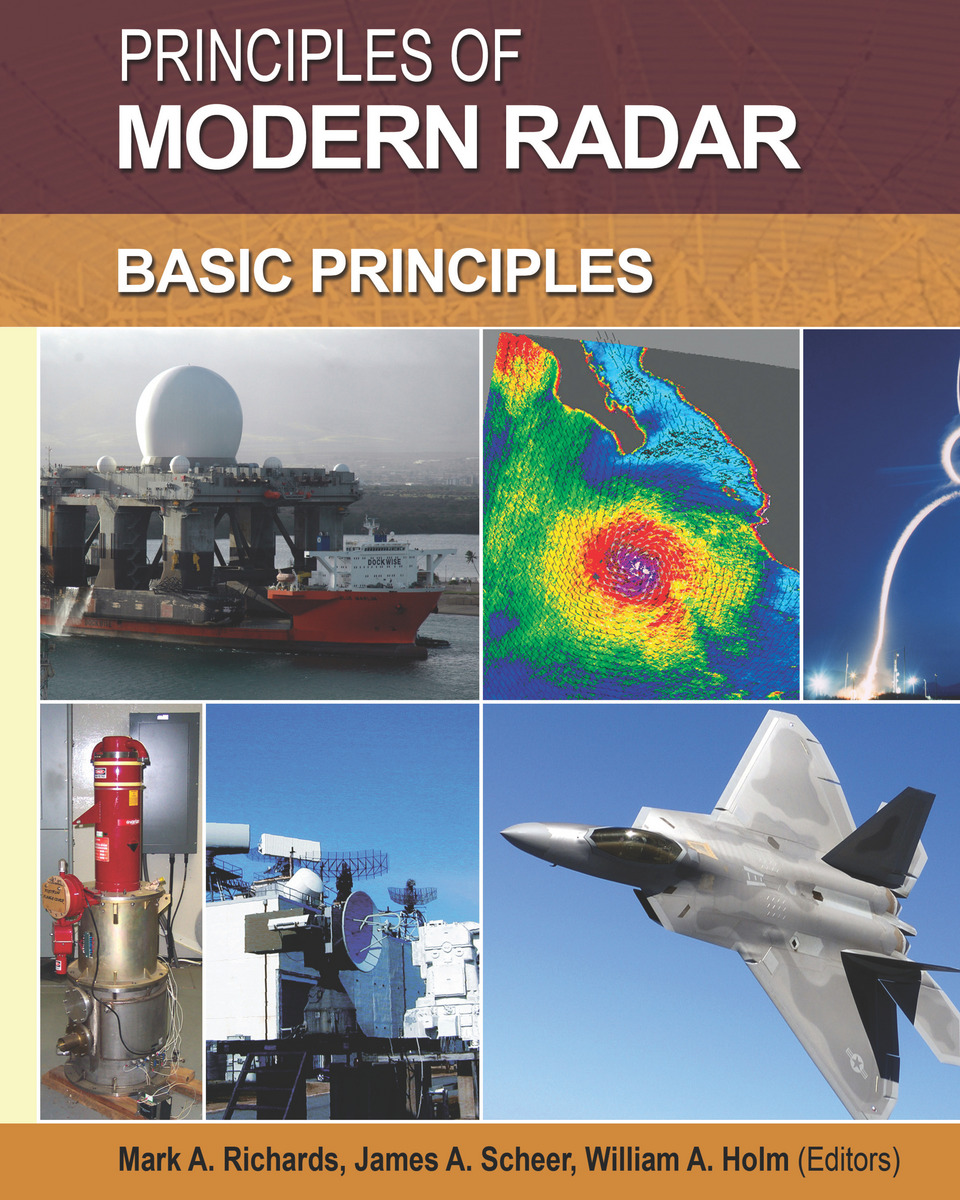
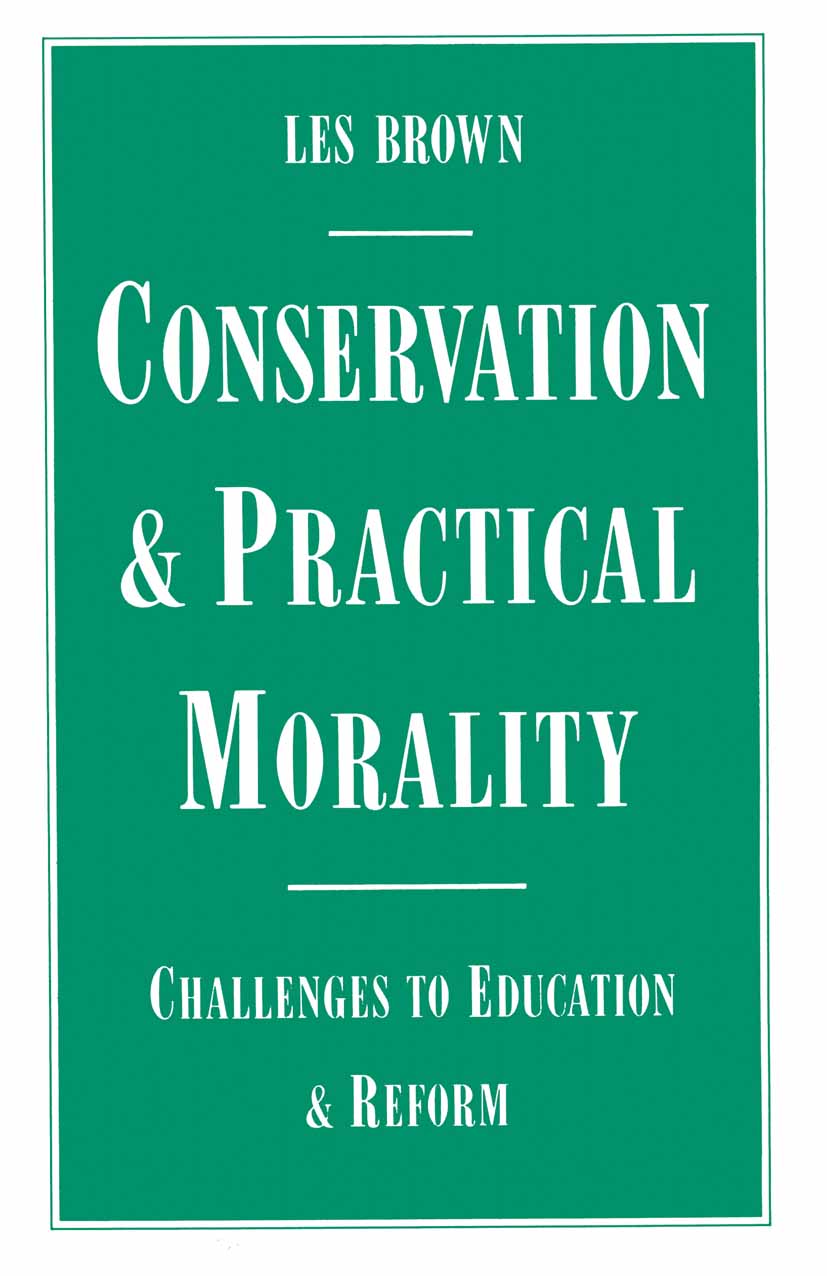
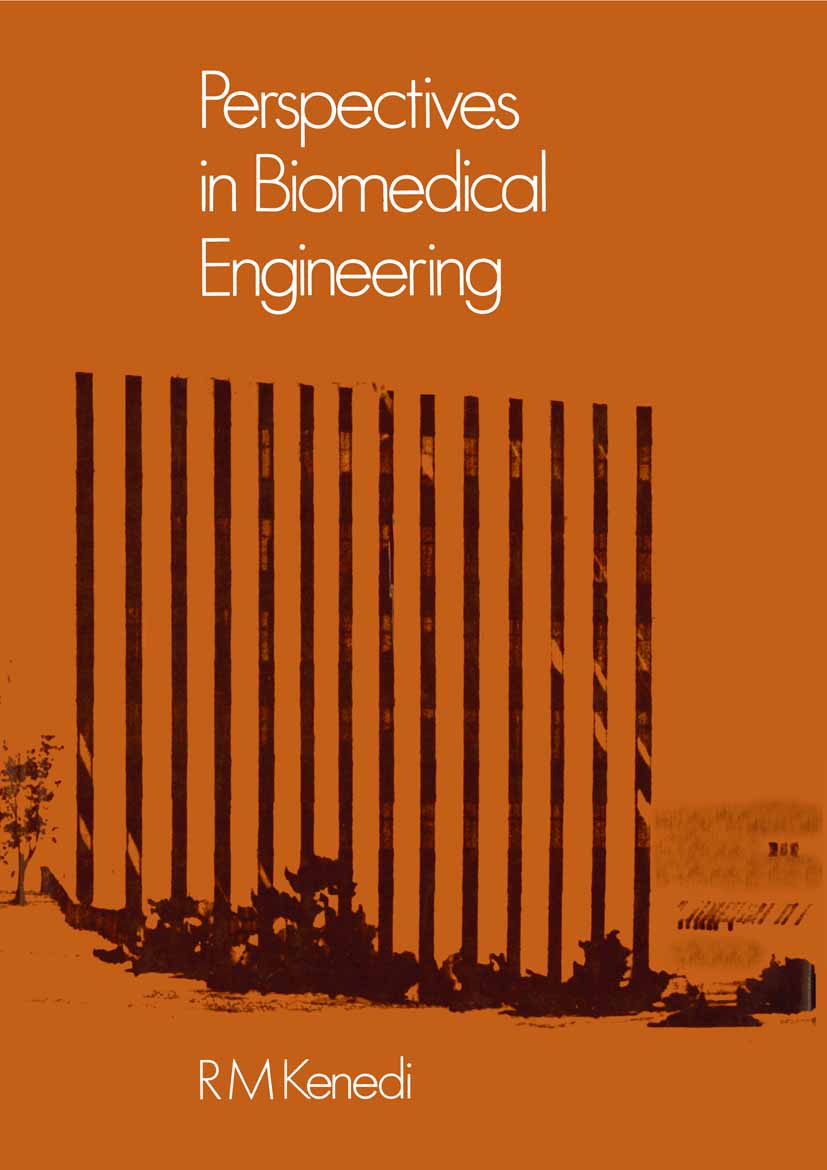

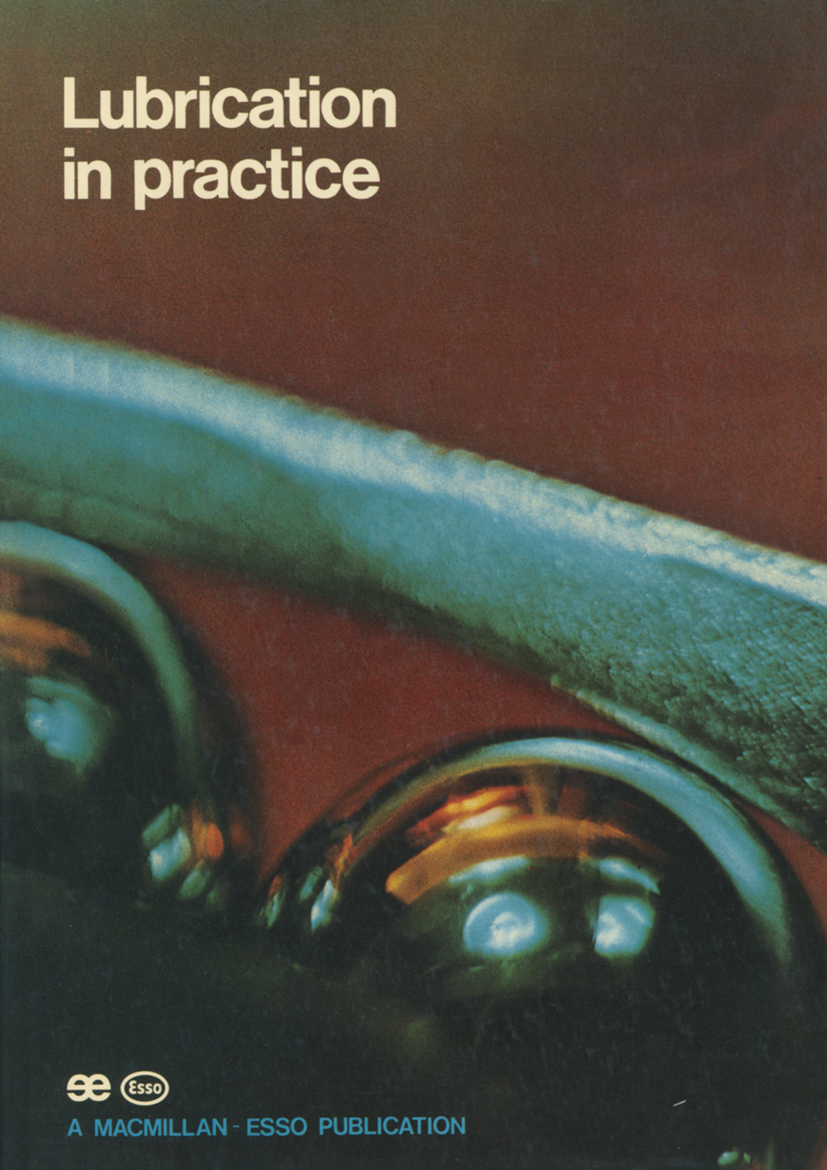
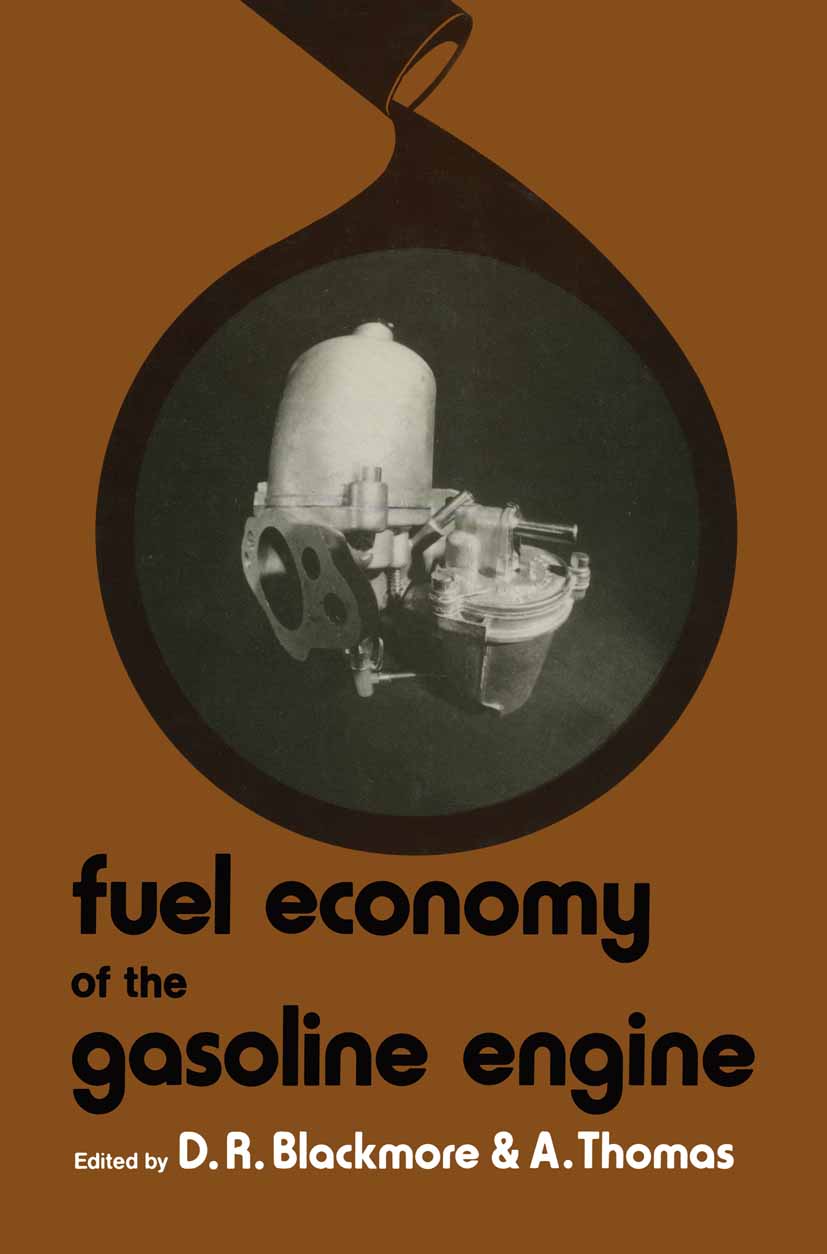

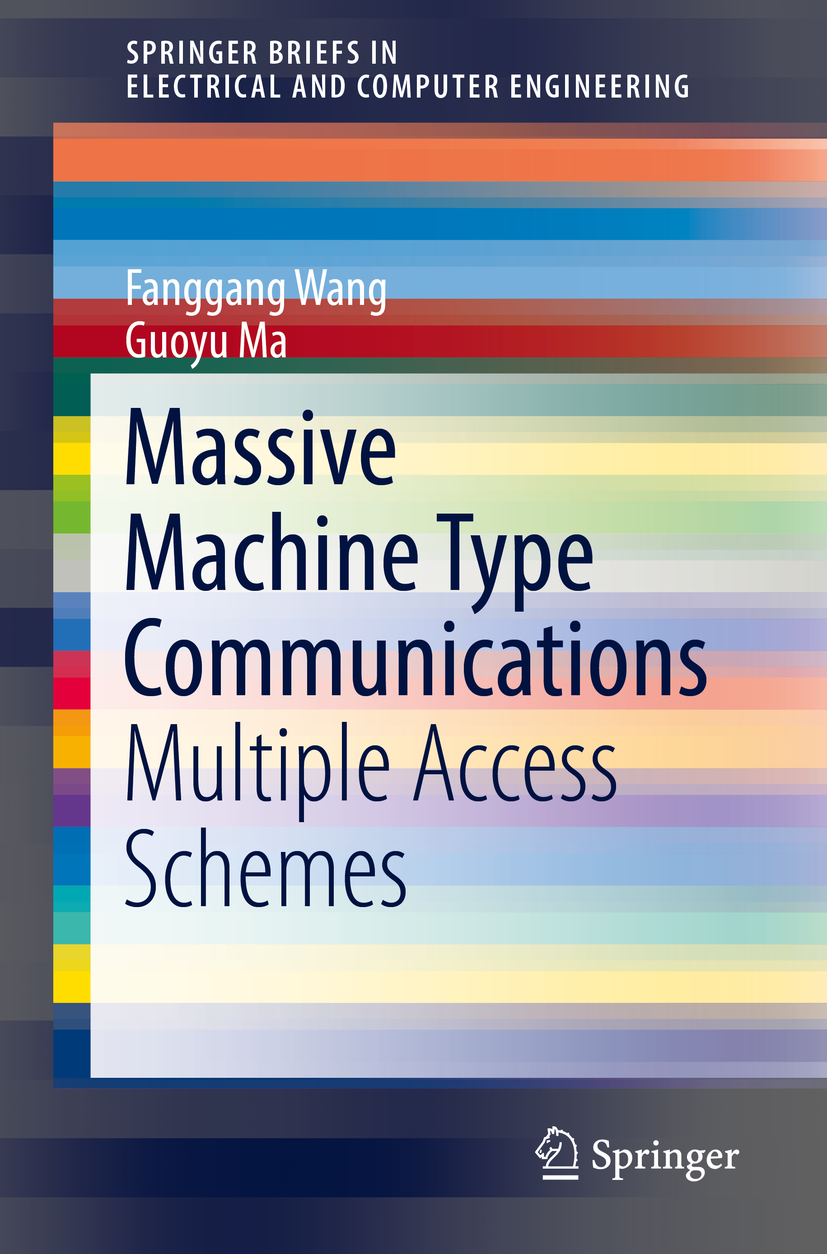
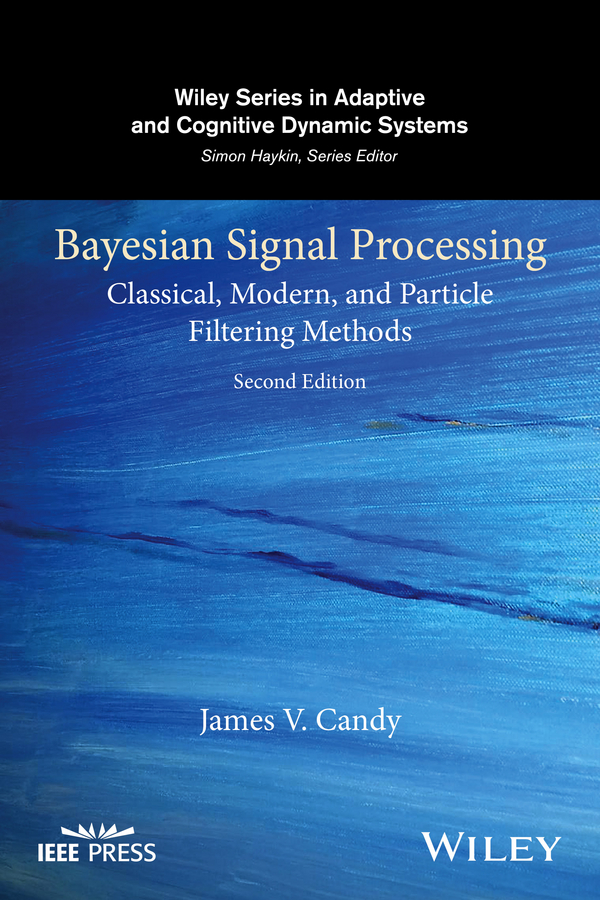

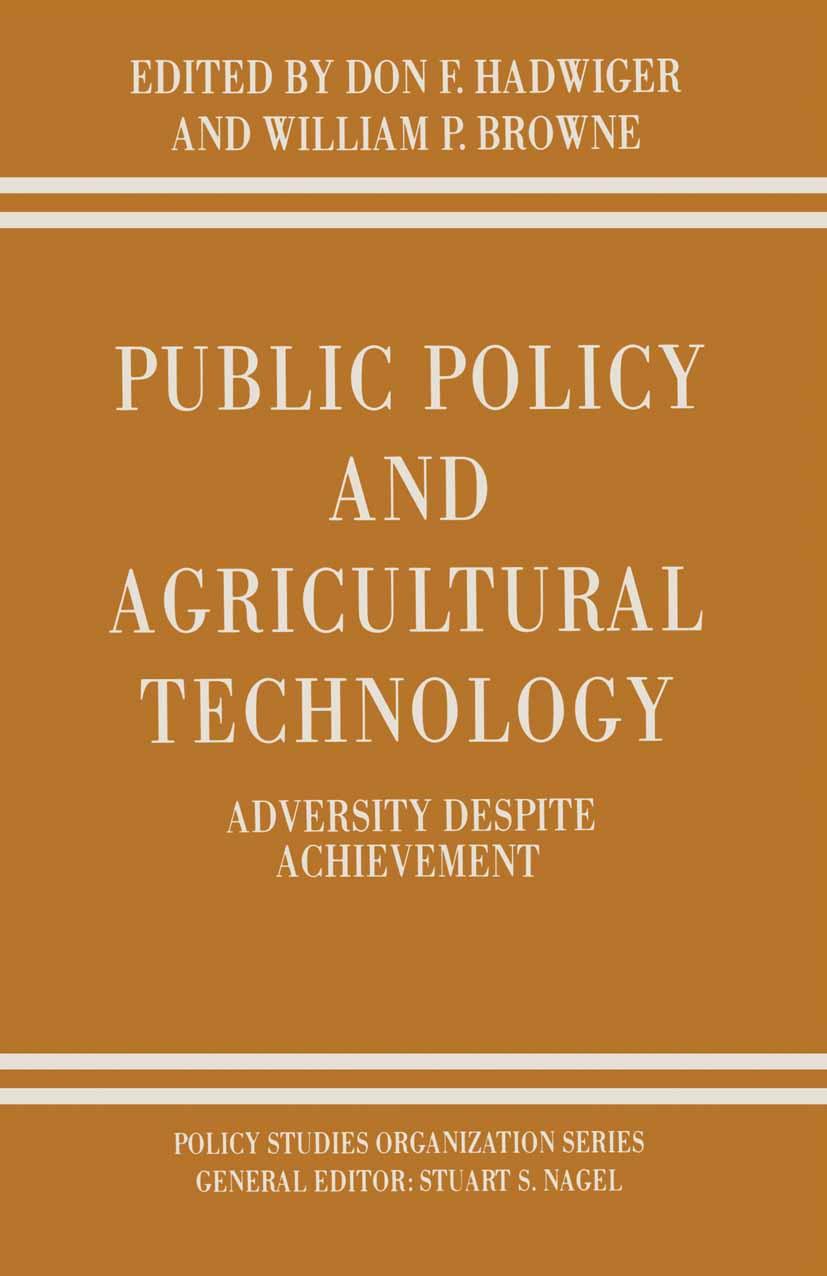

.jpg)
